LEADing Internationally: Annual Spotlight Night to Support Learning in Any Language
Brenda Stolle, LEAD Innovation Studio, Kansas City, MO
Introduction
LEADing Internationally emphasizes a strengths-based approach which values learning in any language (Regional Educational Laboratory Program, 2015). This project seeks to provide materials in students’ home languages (Arabic, Chinese, English, Somali & Spanish) for student project work, required coursework, and for pleasure reading. LEADing Internationally also supports our goal to showcase multilingual/multicultural projects produced by our high school students during our annual Spring Spotlight Night, an evening where we invite our community to witness the culmination of student project work.
This collaborative effort enhances the professional development work of our school district (Hammond, 2015). It was first endorsed by our Culture and Engagement Committee and builds on our English Department’s professional development emphasis that students have books-in-hand and read for pleasure to build reading stamina (Kittle, 2013). This enhances the work in many departments at LEAD Innovation Studio.
Goals:
- Supports learning in any language
- Provides home language materials for student project work, required coursework, and reading for pleasure
- Showcases LEAD’s multilingual/multicultural projects during our annual Spotlight Night
Enhances our district’s professional development work
Step-by-Step Plan
October - Collaboration
- Discuss “LEADing Internationally” concept at our Building Culture and Engagement Committee meeting for feedback and input. It is well received.
- Gain administration support.
- International Club sponsor agrees to collaborate with club activities.
- Discuss concept with coordinator of Spotlight Night and request event space.
- Request data from administration regarding district statistics to help write the grant and to identify current and projected languages of our student body.
November - Research, Identify Materials
- Attend department meetings to identify materials to purchase.
- Establish a priority list with four categories: (1) display materials, (2) books to support academic learning, (3) multilingual books for projects, (4) multilingual books for pleasure reading.
- Research materials in our targeted languages: Arabic, Chinese, English, Somali, and Spanish.
- Reach out for hard-to-find resources.
December - Purchase Materials
- Purchase multilingual books to support academic learning, projects, pleasure reading and display materials.
January – April - Distribute Materials
- Display materials arrive: a multilingual welcome banner, world map, and international flags to be used to welcome visitors during our Spotlight Night and visibly communicate that multicultural/multilingual learning is valued at our high school.
- Books arrive. EL students help check the books in. We immediately distribute books to teachers of various departments. Many of these materials are implemented in student projects during second semester. Example: Child Development classes - high school students read books to elementary students in their home language.
March – May - Plan for Spotlight Night LEADing Internationally display
- Meet with International Club Sponsor and members to plan their involvement with our Spotlight Night display. Students develop interactive activities with a cultural emphasis. They develop questions for conversation tents that are placed at tables. For example, What holiday do you like to celebrate? Explain. They create questions to use as a world map activity. For example, Take a magnet and mark where your family is from. Where in the world would you like to visit? One member creates artwork samples for our LEADing Internationally logo and members vote and decide on the final logo. Club members agree to host our Spotlight Night display and they present their Come Learn About My Culture boards.
October – May
- Communicate with individual teachers about their project work display as a part of LEADing Internationally. This is an internationally themed project that students have worked on throughout the year.
- Communicate with the coordinator of Spotlight Night to establish rooms for this display.
- LEADing Internationally display debuts during Spotlight Night where our school community is invited to see student project work. The welcome banner in multiple languages greets our visitors. The world map is on display with interactive questions and magnets to encourage participation. Conversation tents encourage participation. Members of the International Club host the room for the evening. Student multicultural/multilingual projects are on display including projects from the International Club and six classes:
- Design Thinking – Surprise Vacation Design
- Art – International Themed Art
- Sociology- Culture Fair
- Spanish – Day of the Dead
- English – Reading for Projects & Reading for Pleasure
- Child Development- Reading to Children
Timeline
See above.
Budget
Display Materials
- Welcome Sign Amazon.com: TOMPOP Tapestry World Welcome Word Cloud in Different Languages Conceptual Multilingual Home Decor Wall Hanging for Living Room Bedroom Dorm 50x60 Inches : Home & Kitchen
- Flags Amazon.com: Anley 184Ft 200 Countries String Flag - International Bunting Banners for Party Decorations, Bars, Sports Clubs, School Festivals, Celebrations - 8" x 5", 200 Flags, 184 Feet : Home & Kitchen
- Laminated 48 x 80 World Map Amazon.com: Maps International Giant World Map - Mega-Map Of The World - 46 x 80 - Full Lamination : Maps International: Office Products
- Map Book Evan-Moor Educational... by Evan-Moor Educational Publishers (amazon.com)
Books for Academic Classes
- The 7 Habits of Highly Effective Teens by Sean Covey
- Change by Design by Tim Brown
- The Who was? History of the World
- Where Were the Seven Wonders of the Ancient World?
- What Was the Age of Exploration?
- What is Climate Change?
- What is the Supreme Court?
- What is Congress?
- What is the Constitution?
- What is the Declaration of Independence?
Books for English Required Work and Reading for Pleasure
- I Am Not Your Perfect Mexican Daughter
- The House on Mango Street
- The Hunger Games
- Of Mice & Men
- Speak
- Tuesdays with Morrie
- Llama Llama Red Pajama
- The Very Hungry Caterpillar
- Brown Bear, Brown Bear, What Do You See?
- Educated
- The Hate You Give
- The Kite Runner
- The Great Gatsby
- The DaVinci Code
- The Alchemist
- A Tree Grows in Brooklyn
- Long Way Down: The Graphic Novel
- Undocumented: A Dominican Boy’s Odyssey
- Barefoot Heart: Stories of a Migrant Child
- This is What America Looks Like: My Journey from Refuge to Congresswoman
- The Little Prince
- The Moon and the Sixpence
- Art That Changed the World
What did it look like?






Sustainability
LEADing Internationally is starting our process of providing multilingual reading materials to many departments in our school and making multicultural/multilingual projects more visible. We will continue this effort. The materials purchased this year are available for future student project work. Teachers have been very supportive in making these materials available to students and I’ll continue working with teachers to encourage project work with an international theme. For example, I’m talking with our art teachers about developing an art project that allows students to visually describe their homeland.
There’s a very good chance that I will provide professional development to our staff next year regarding working with English learners. I’ll explain the benefits of multilingual learning and encourage our teachers to continue identifying multicultural projects within their curriculum and multilingual materials that will support existing projects. I’ll continue partnering with them to find resources to support that work.
The LEADing Internationally display as a part of our Spotlight Night is well supported. This display, along with the social studies and language departments’ displays, was combined to emphasize international-themed student projects in an entire wing of our building. That has never been done before at our school and it created a cohesiveness that improved this event. We will do this in future years. The welcome sign in multiple languages, the banner with various country flags, and the world map interactive activities greeted all of our families.
An English teacher and I plan to attend our county library’s used book sale to search for additional reading materials. We are watching our current enrollment to determine the home languages of our families so we can target those languages.
Reflections
The best part about this project is collaborating with my counterparts. They have been onboard from the beginning and continue to support this effort. Their involvement and support are key. Their input on selecting materials so they can use them within their curriculum is the most significant factor to the success of this project. During our Spotlight Night, many teachers came through the room and participated in the map activities and the student projects. One teacher brought in her young daughter and practiced her language skills. Their support is most important to the future of this effort.
Our English Learners were involved in several steps of this process. They made recommendations for some reading for pleasure books. They opened up the boxes of books and checked them in and showed delight, grabbing the books and reading some of them out loud. Including these students is a step I would certainly repeat in the future.
Another important collaborative effort is working with the International Club sponsor. She and her club students brought imaginative ideas and an energy to develop interactive activities that made the LEADing Internationally display more fun for the participants. Students hosted the room and were directly involved in this evening. This club’s involvement was significant in establishing the components of the Spotlight Night LEADing Internationally event. Because the International Club is an after-school activity (determined by student interest), there is no guarantee that it will be offered next year. Our club leader graduated, and our adult sponsor will not be at our school next year, so that is a foreseeable challenge.
Other challenges include finding materials in specific languages such as Somali. All materials are ordered through Amazon and the prices and availability change day-to-day making it difficult to estimate and order.
The Spotlight Night is open to our community but rarely do the parents of our English learners attend. This year was no different. That continues to be a challenge – how to better engage our parents and help them to feel comfortable in our building. This is something that we hope to improve.
Overall, this project is a solid start to emphasizing multilingual learning in our school and it has established an annual event for us to showcase student multicultural project work.
References
Hammond, Z. L. (2015). Culturally responsive teaching and the brain. Corwin Press.
Kittle, P. (2013). Book love: Developing depth, stamina, and passion in adolescent readers. Heinemann.
Regional Educational Laboratory Program (2021). Culturally sustaining teaching practices for
multilingual students. [Infographic]. https://ies.ed.gov/ncee/rel/Products/Region/pacific/Resource/70106
See Examples of Winning Demonstration Projects
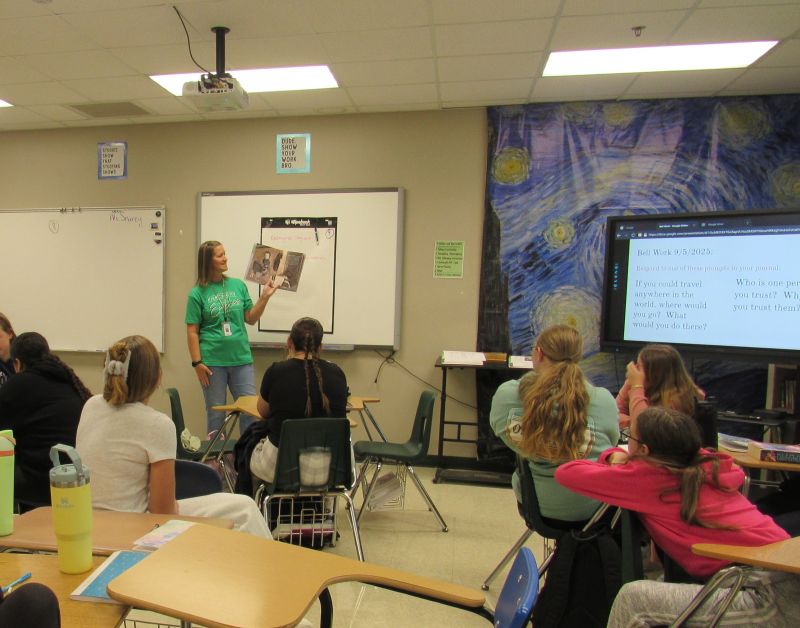
Multicultural Monday Read-Alouds
The goal of this project is to increase multiliteracy and multicultural awareness with students through select read-aloud books. Of the many excellent books available, thirty were chosen as read-alouds for sharing weekly with the class throughout the school year. For each book, I also created a mini…

Bringing Families Together:
The Monett community is home to a linguistically diverse population, with students speaking over twenty different languages or dialects. The number of families considered Newcomers, those newly arrived in the United States, is rapidly increasing in our schools. As a result, it is critical for…

Multilingual Language Games:
Many times, families do not have access to language and education-based resources. The multilingual board game lending library is designed to celebrate bilingualism and help bridge the gap between home and school. Games encourage growth in the areas of English language acquisition as well as each…

Read, Speak, Succeed: Empowering Future Global Communicators
The primary objectives of this project are twofold: to enhance literacy and language proficiency by reading Spanish-language books and materials. Given that my students are studying Spanish with the ultimate aim of effective communication, it is essential for them to excel in both understanding…

Using Bilingual Texts to Support Translanguaging for English Learners
English Learners (ELs) face unique challenges in the classroom. In order for them to access grade-level curricula in their second language (L2), educators—both English Language Development (ELD) teachers and classroom teachers—provide many types of scaffolds to support students' understanding. Some…

Reading Artwork: Using Family Dialogue to Aid Meaning-Making for English Learners
Visual literacy and peer conversations are critical components of early language learning. This project creates new interactions for English Learners (ELs) between their peers and family. First, by engaging in classroom conversations while “reading” art, followed by sending wordless…

Illuminating Diversity: A Mural to Share Stories through a Multicultural Lens
This project included a 10-Day Artists-in-Residency with Rodrigo Alvarez and Isaac Tapia. These artists worked with students in our English Language Development (ELD) Program to design and paint a 10’x40’ mural, emphasizing the cultural and linguistic diversity of Parkview students both past and…

World Fest: Showcasing Cultural and Linguistic Backgrounds
World Fest was a beautiful and successful event! The event was a vibrant celebration of cultural diversity, filled with excitement and enthusiasm. For our Creekmoor English Learners (ELs), World Fest was a wonderful opportunity to showcase their rich cultural and linguistic backgrounds. It was a…

Global Welcome: Bridging Cultures in High School
Given the community's ties to the tourism industry, Branson High School serves a student population with diverse linguistic and cultural backgrounds. This project advocates for multiliteracy through the creation of welcome banners and custom lanyard badges. By creating welcome banners for the school…

The Language Bus: Bringing Early Literacy Skills to the Community
In our community we recently had an increase in students who speak Burmese or Karen. As an Early Childhood Special Education teacher watching the referrals come through, I began to notice that home language literacy needed to be strengthened to develop age-appropriate communication skills. Many of…
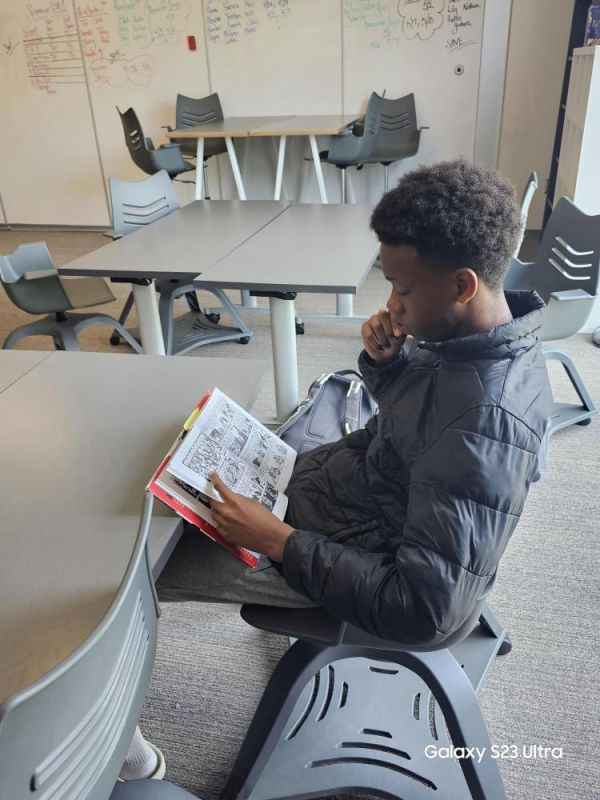
LEADing Internationally: Annual Spotlight Night to Support Learning in Any Language
LEADing Internationally emphasizes a strengths-based approach which values learning in any language (Regional Educational Laboratory Program, 2015). This project seeks to provide materials in students’ home languages (Arabic, Chinese, English, Somali & Spanish) for student project work, required…
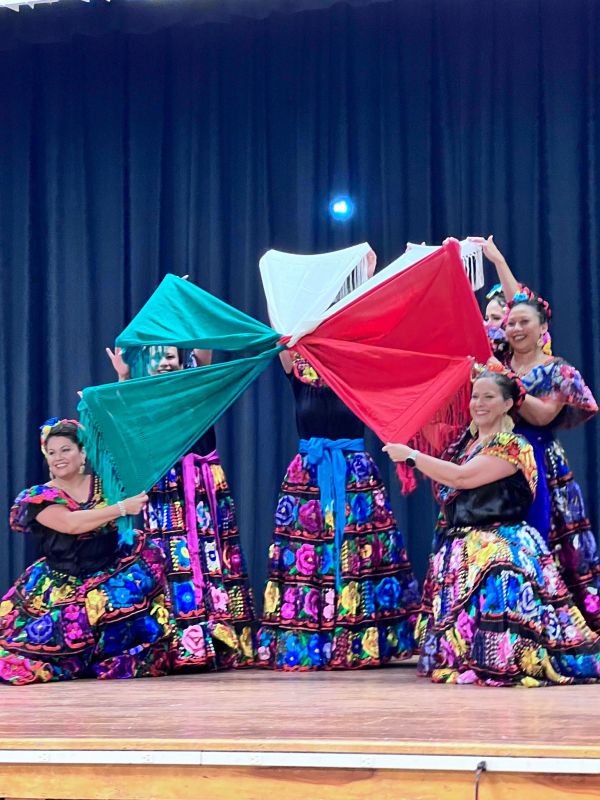
Culturally Aware Comets: Experiencing Different Cultures through Books, Food, and Games
Mark Twain Elementary has a diverse population of students and staff, many of whom come from different backgrounds. Our school's diversity needed to be celebrated and recognized. Many students come from low-income families. These students have yet to have the opportunity to travel or gain…
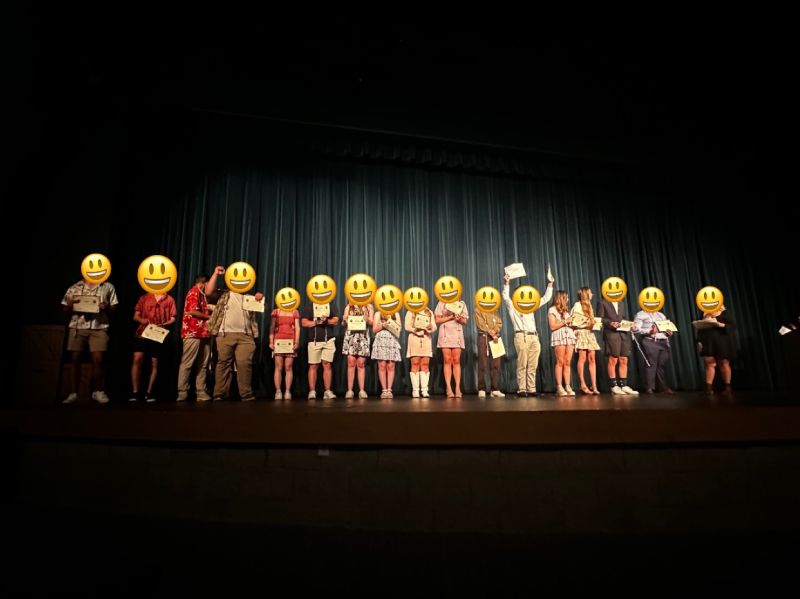
Heritage Voices: Empowering & Celebrating Biliteracy
The Heritage Voices: Empowering & Celebrating Biliteracy project aims to support heritage speakers in developing their bilingual and biliterate abilities. Given the large population of Spanish-speaking students in our district, our primary goal is to provide resources and guidance to heritage…
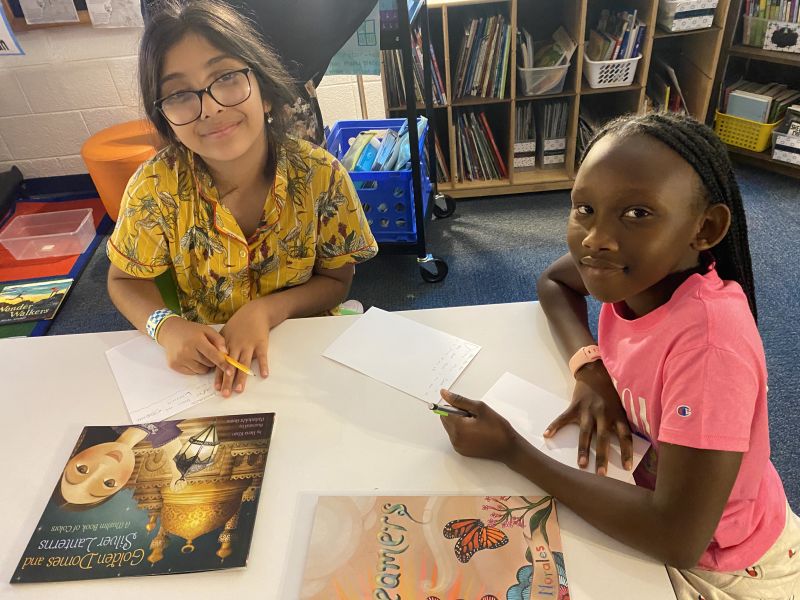
Cross-Town Pen Pals: Support Multiculturalism in Classrooms
The main objective of this pen pal project was to use diverse books representing cultures around the world to make connections with students in a different classroom in the district. Students used multicultural books to collaborate throughout two reading units that focused on theme, inferring, and…
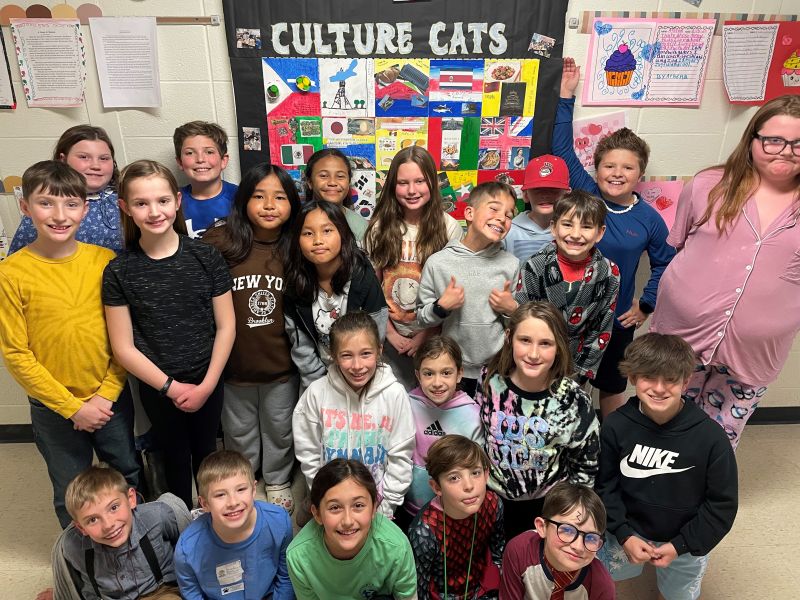
Culture Cats: Exploring Countries and Cultures
Culture Cats is an after-school club that promotes learning and exploring other countries and cultures. We are called Culture Cats because our school has many English Learners (ELs) that make up our student body and our mascot is a wildcat. We use books, guest speakers, games, crafts, and snacks to…
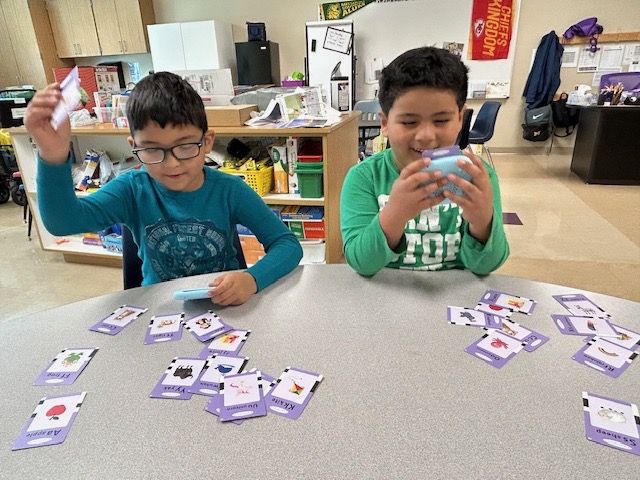
Activities for English Learners: Supporting ELs in the Classroom
The Monett School District boasts a richly diverse student body, with English Learners (ELs) representing the fastest-growing demographic nationwide, having increased by 60% over the last decade (Breiseth, 2015). Our district welcomes students from various countries, with Spanish being the…

Home-to-School Communication: Connections with Wordless Picture Books
The Monett community has twenty plus different languages or dialects spoken here. Newcomer families from other countries are on the rise, and there is a constant need to help students learn English as a second language. The purpose of this project is for students to practice their language skills at…
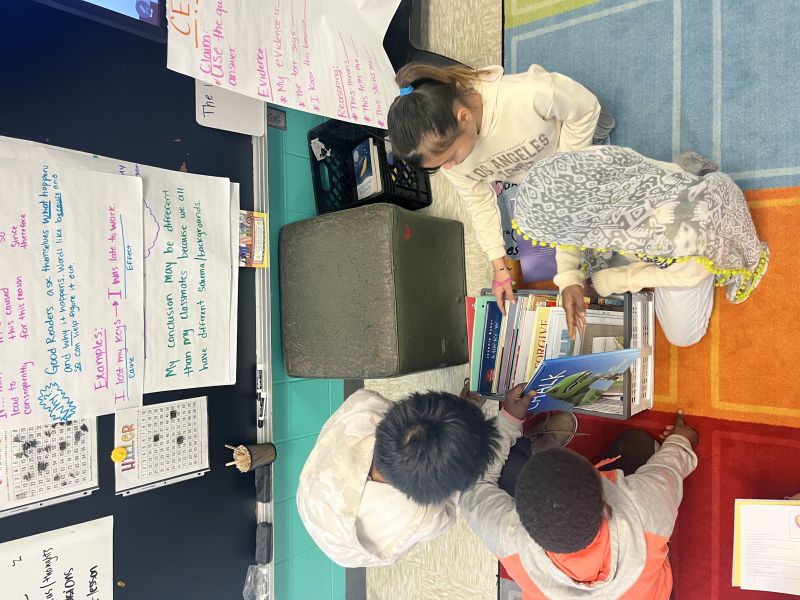
Wordless Picture Books: Bring Life to Language
My project’s purpose is to give English Learners (ELs) access to text through wordless picture books. The goal of using these books in our class and school is to engage students who are multilingual in our classrooms. Students may work on their language skills as well as reading and writing skills…
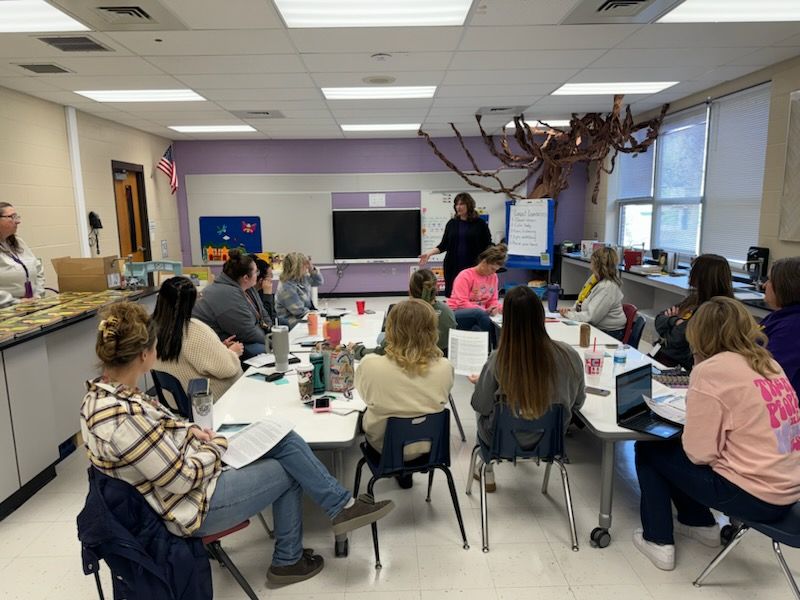
Developing a Culturally and Linguistically Responsive School: Professional Development to Highlight Assets ELs Bring to the Classroom
The Monett R-1 School District serves a large population of English Learner (EL) students; out of 2,346 students, 48% identify as a minority. Many students come from low socio-economic backgrounds and have minimal literacy exposure. About half of the students in each Monett classroom are ELs, and…
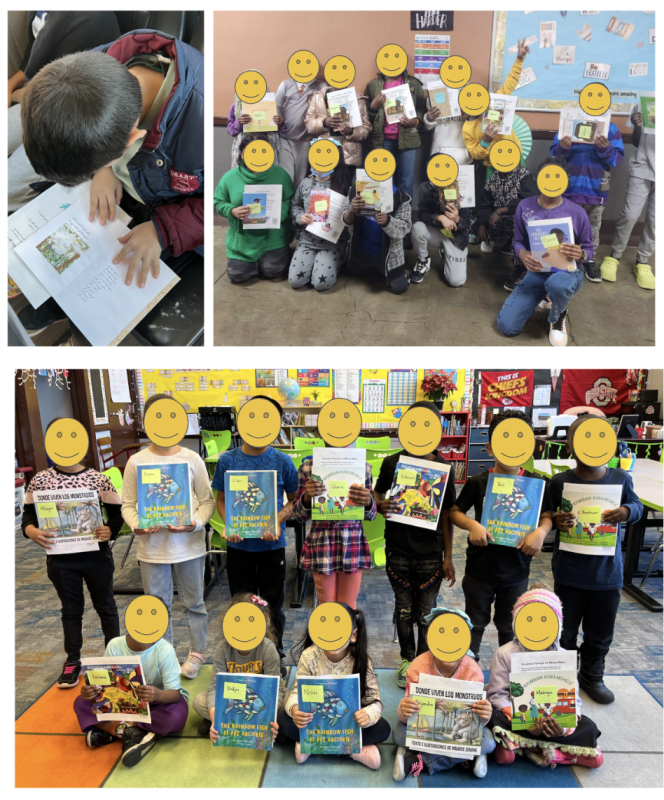
Home Language Reading Skills: Creating Routines for Literacy at Home
As many refugee and immigrant families arrive in America, their focus on language and literacy often shifts exclusively to the English language. Multilingualism is a strength, and it is important that our families maintain their home language literacy skills in conjunction with their English…
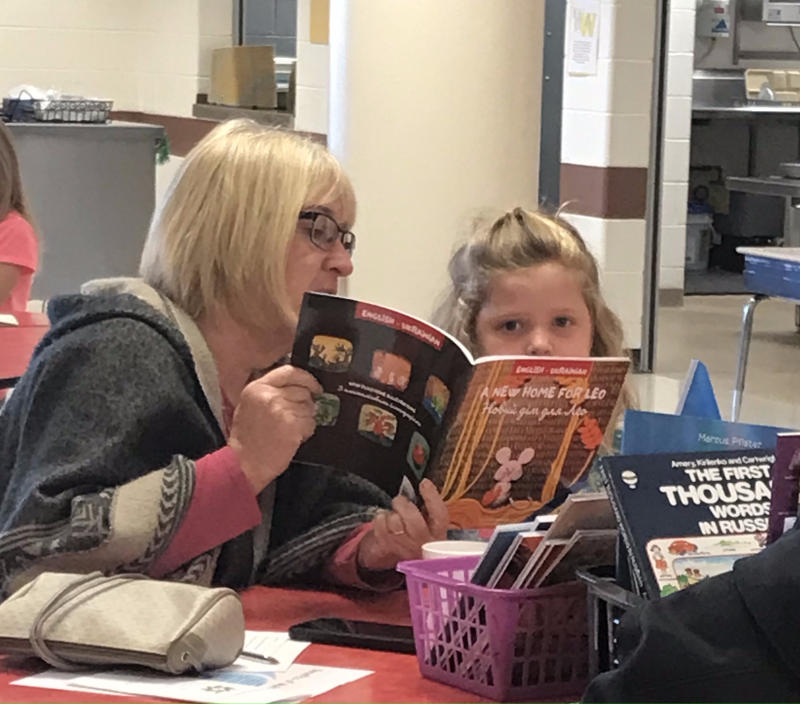
Biliteracy Breakfast: Promoting Multilingual and Multicultural Literature in a Casual Setting
Many multilingual families forgo maintaining literacy in their heritage language in the pursuit of English. It is important to highlight the value and benefits of continuing the development of home languages. By inviting students and families to read together and explore literature and language, we…
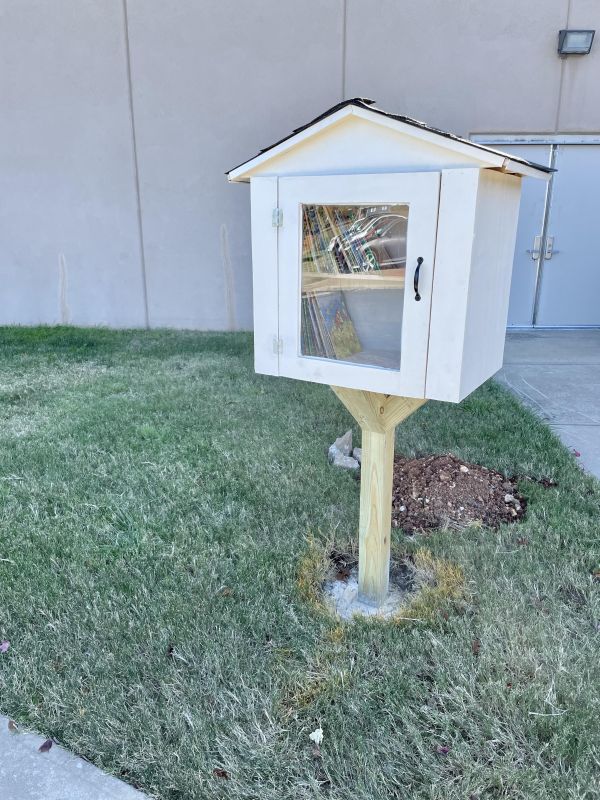
Our Little Library: Using Little Lending Libraries to Meet Multilingual Needs
Many families of English Learners (ELs) are not able to read books from school with their child or help with homework because of the language barrier. Since some families believe they are unable to help their children with English and/or homework, they can become very disconnected from their child…
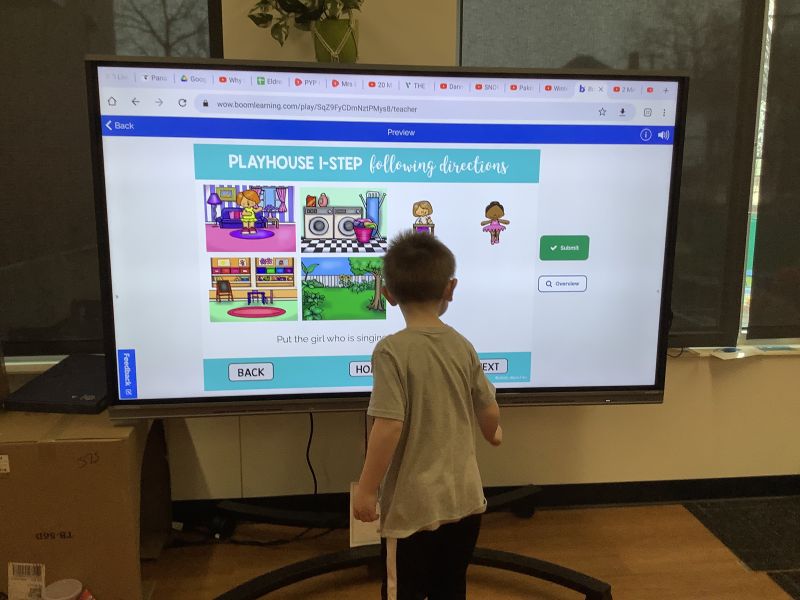
Rounding Up Resources: Helping Early Childhood Teachers Meet Multilingual Learner Needs
There are many resources available to support educators of English Learners (ELs), however, having access to those materials isn’t always easy. One cannot overstate the value of having resources available for teachers. We know that “without specific knowledge related to language development, even…
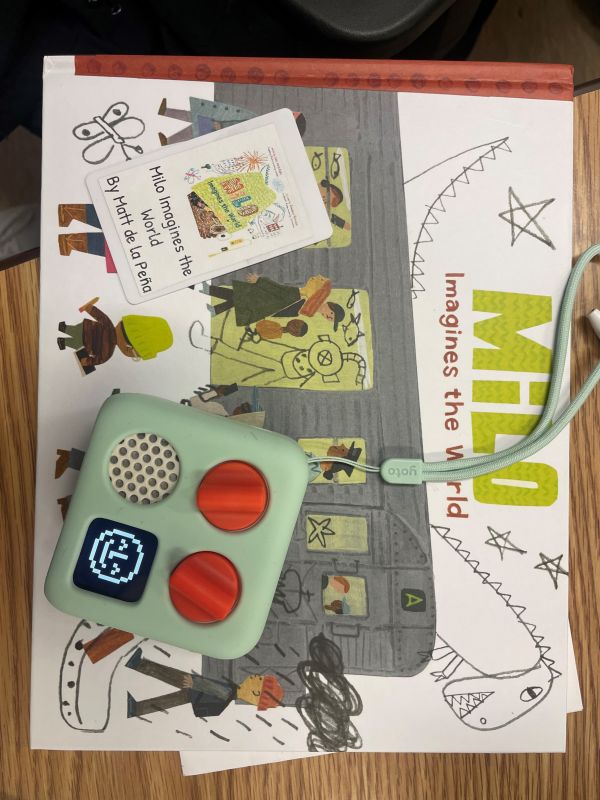
Multilingual Listening Library: Using Yoto audio players to support all students
Three second-grade classrooms offered their students access to a multilingual listening library. The main objective of this project was to promote the use of home languages and encourage English language acquisition.This project had two primary goals:To provide students with frequent access to…
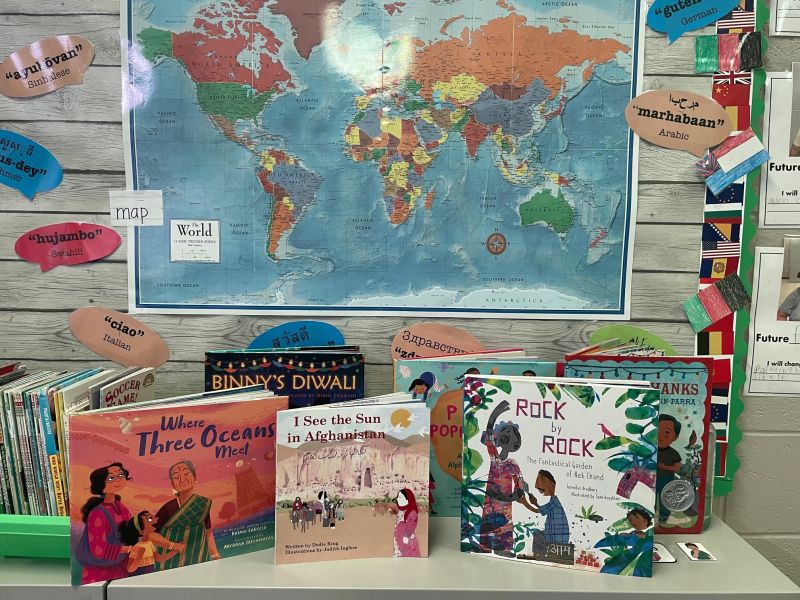
Around the World: Family Literacy Night
Around the World Family Literacy night is a project designed to highlight differences in culture and build literacy skills. As an EL teacher in my district, I understand the importance of creating opportunities for our students and families to learn about other cultures within our school community.…
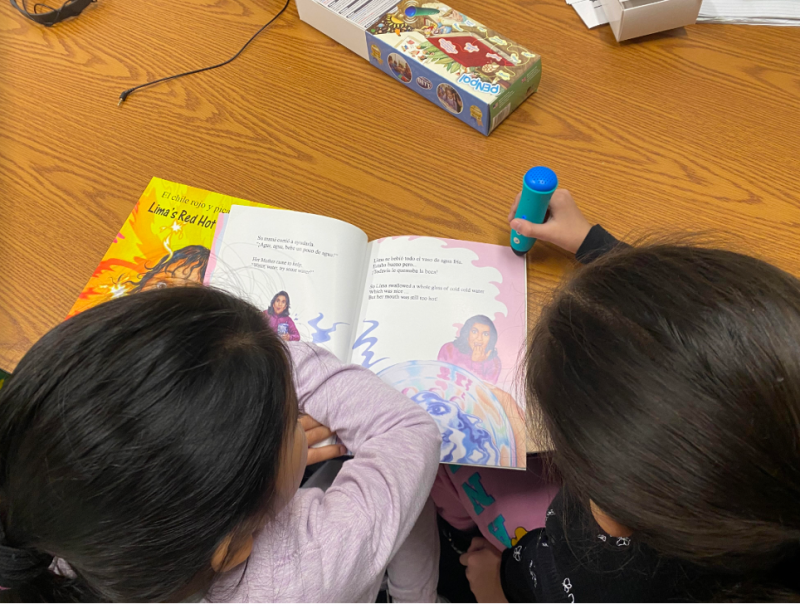
Home-to-School Literacy Project: Increasing family literacy with bilingual resources
Family literacy activities are essential for student academic success in school. The Home-School Literacy Project equips students and parents with bilingual activities, books, and resources to support their literacy skills. Families participate in a literacy night to share their own experiences and…
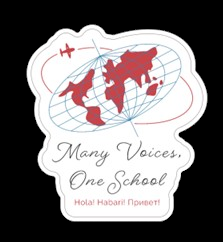
Many Voices, One School: Using QR codes to give ELs a voice
Many of our students come to us from various countries, backgrounds, and cultural experiences. While some families bring educational experiences from their home countries before relocating to the United States, others, particularly our newcomers, may not have a strong literacy background or history…
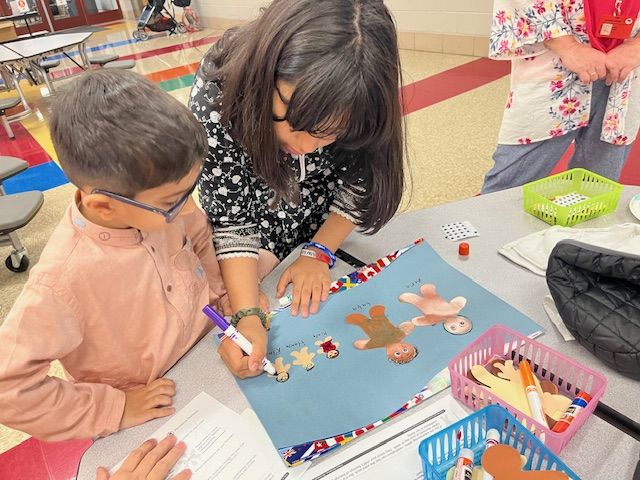
A Multicultural Pirate’s Reading Night
Our school mascot is a pirate. My project, A Multicultural Pirate’s Reading Night, was an event in which multicultural families who have children enrolled in Preschool or Kindergarten were invited to learn about the importance of promoting literacy in their first language as well as English. The…
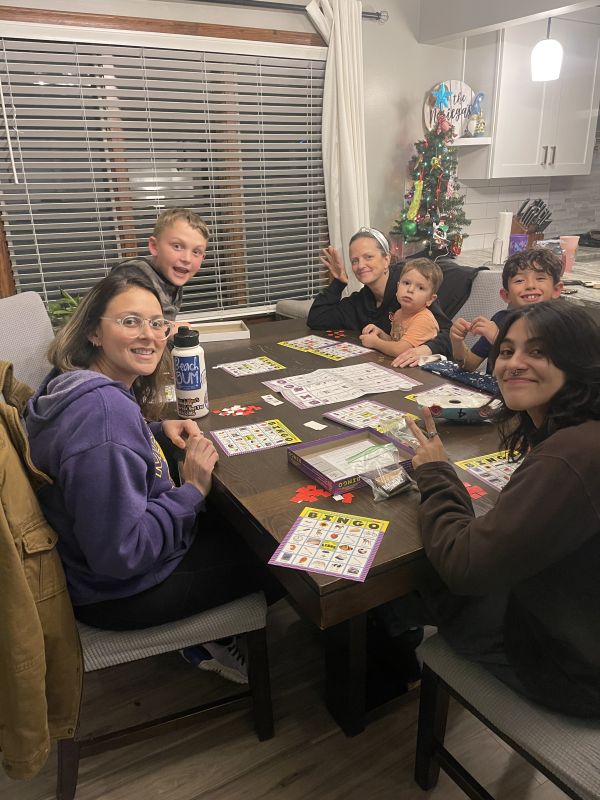
Promoting Family Conversations in Multiple Languages
There is a need for deep conversation, even at a first-grade level. The purpose of the project is to promote conversations between students and their families via play, read-alouds, and everyday activities through literacy kits that students can check out. The kits include books, phonics games,…
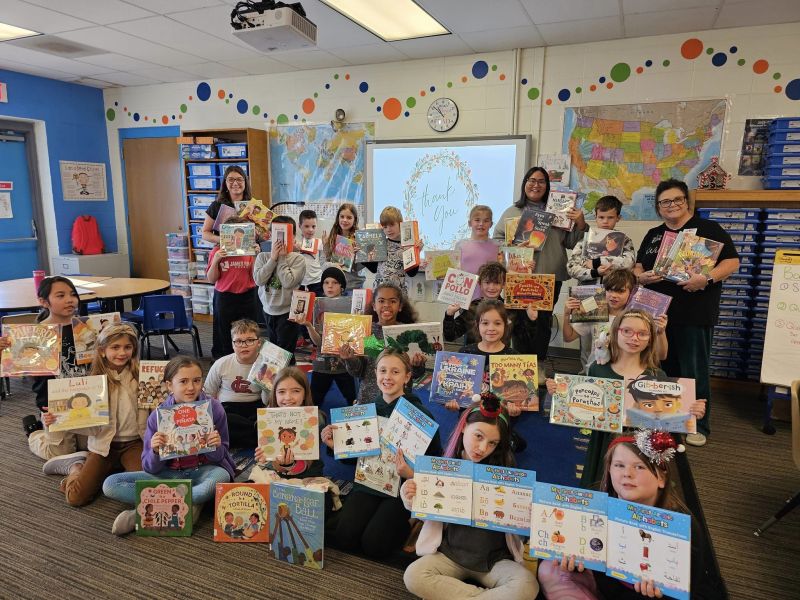
Celebrating Multilingual Magic: Nurturing the Social and Emotional Well-being of ELs
Wanda Gray Elementary stands as a cornerstone for education in Springfield, Missouri, providing a nurturing space for a diverse student population. Currently hosting 483 students weekly, with 29 benefiting from English Language Development (ELD) services and speaking languages other than English at…

A World of Languages in Our Classroom: Celebrating cultural diversity with guest readers
As a model language-rich classroom in my district, it is my goal to provide a comfortable, interactive environment for our multilingual students and their families. When students see their native language in books, posters, and through multimedia presentations they feel valued and have a sense of…
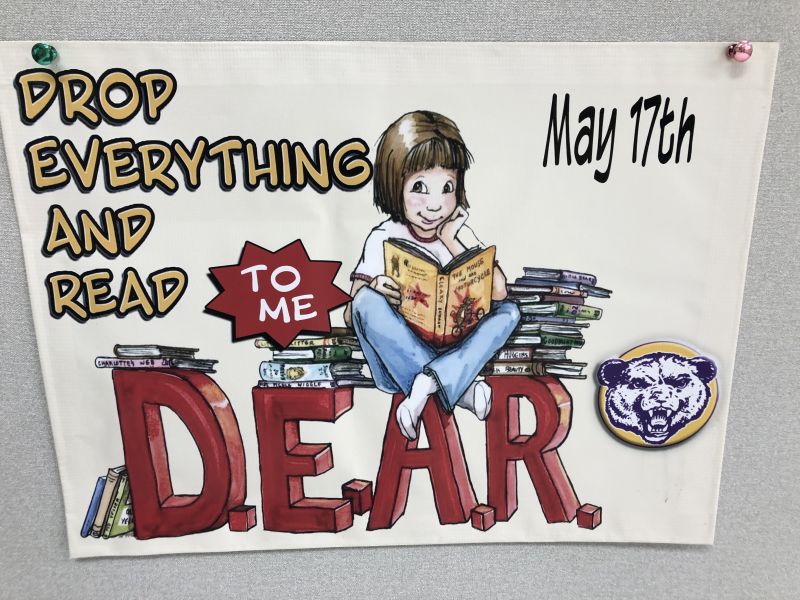
DEAR to Me: Fostering biliteracy through middle school mentors
DEAR to Me stands for Drop Everything and Read to Me and that is exactly what happened at the Monett Early Childhood Center.DEAR to Me is a special time for Middle School students to come and read in small groups. Our kindergarten students got to hear books read to them in English, Spanish and…
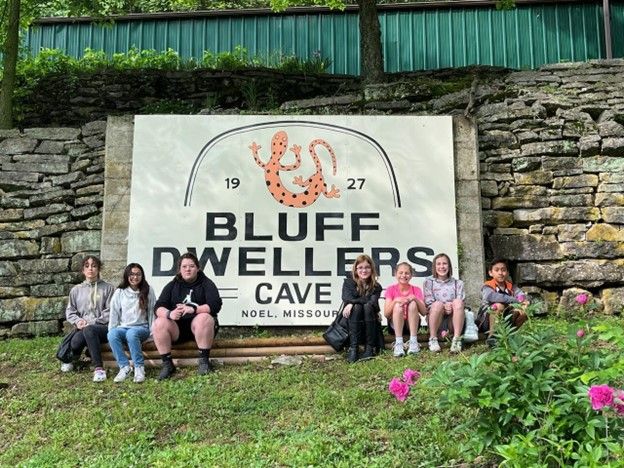
Dig Into Reading: Promoting students reading 15 minutes daily in school and at home
Through the Dig Into Reading multiliteracy project, we have created a culture of reading within our school and are continuing to promote reading engagement at home. We have been able to provide multilingual literacy resources and encouragement to enhance students' reading in their preferred…
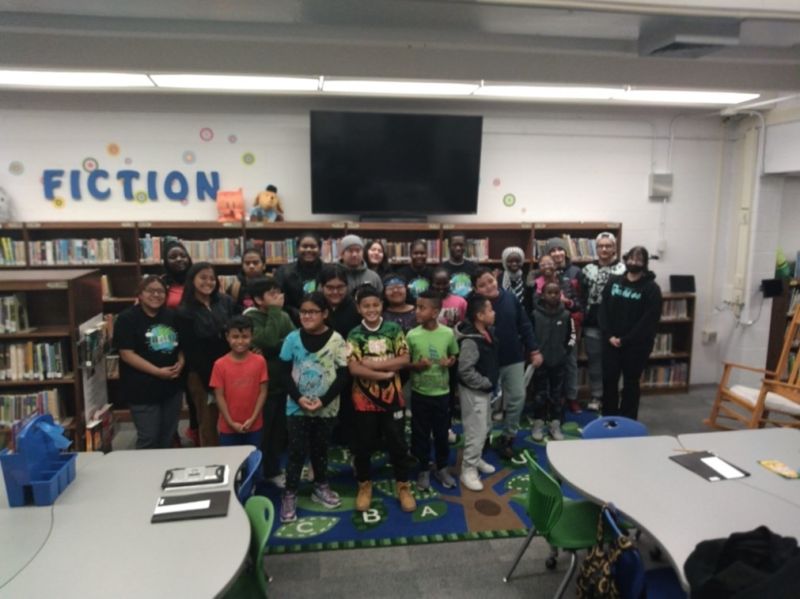
HELLO! HOLA! XIN CHÁO! BONJOU! HALO! Connecting high school and elementary ELs
As the population of English learners (ELs) continues to grow in our community, students can utilize their home language as a means to develop second language skills. The ELL Outreach Program brings together students of different ages yet similar cultures and languages to improve their English…
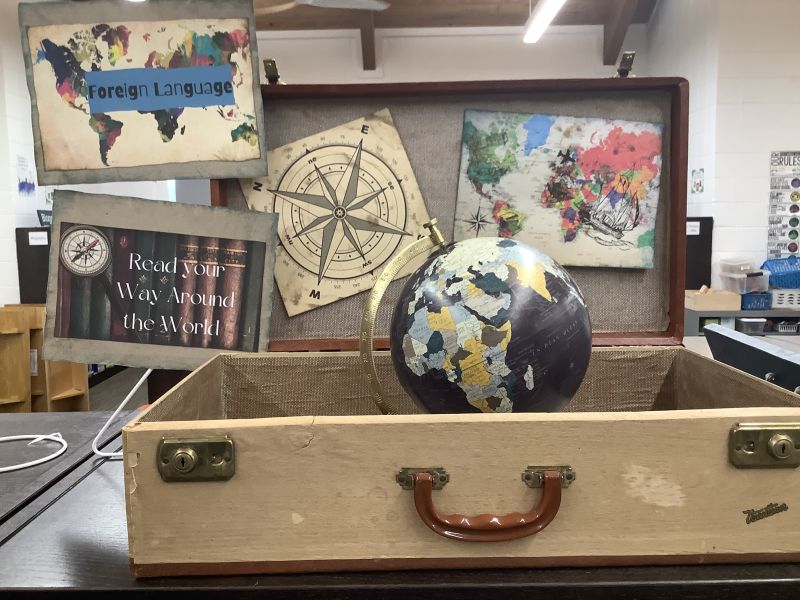
Many Languages, One Shelf: The Building Bilingual Book Section Project
This project allows English learners the opportunity to check out materials that represent diverse cultures and languages. Most materials are bilingual and include English translations on the same page. These resources promote and maintain ELs’ home languages and build English proficiency. As a…
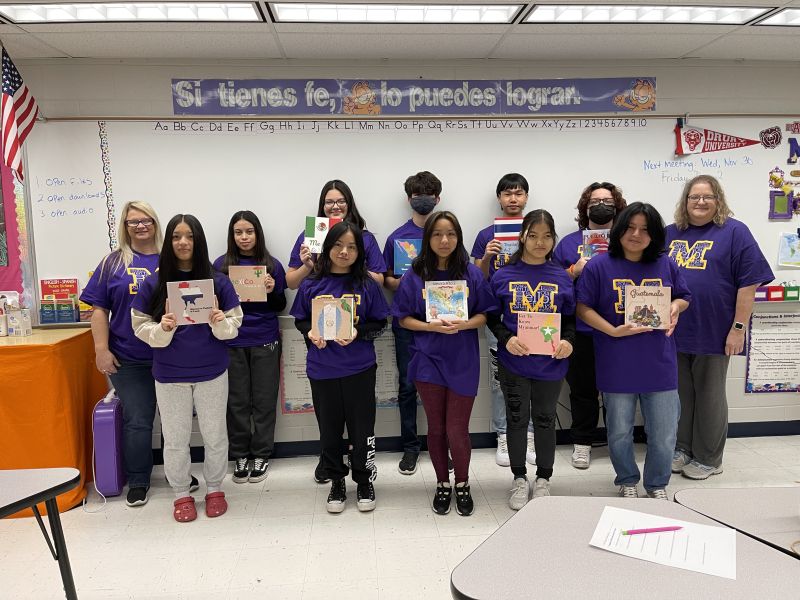
Our Cultural Heritage: Students create a bilingual alphabet book of their home country with family assistance
Our Cultural Heritage is a project designed for students and families to work, share, and learn together. This project is designed for students to practice various reading, writing, and speaking skills to create an alphabet book about their families’ home countries. Using a digital online book…
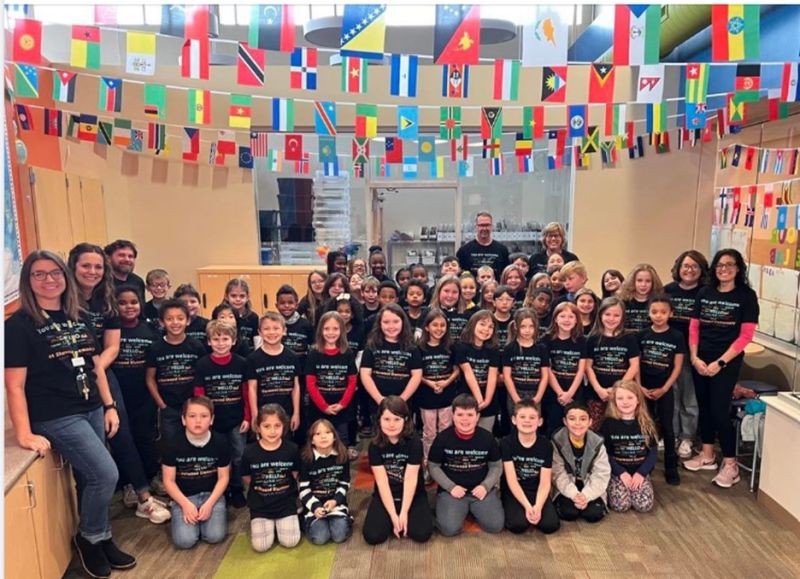
Language Clubs: Promoting cultural diversity and biliteracy
The students in our school come to us from many different backgrounds and cultural experiences. As educators, it’s our job to make all students feel welcomed and safe at our school and in our classrooms. Promoting and valuing the first language helps English learners and bilingual children feel more…
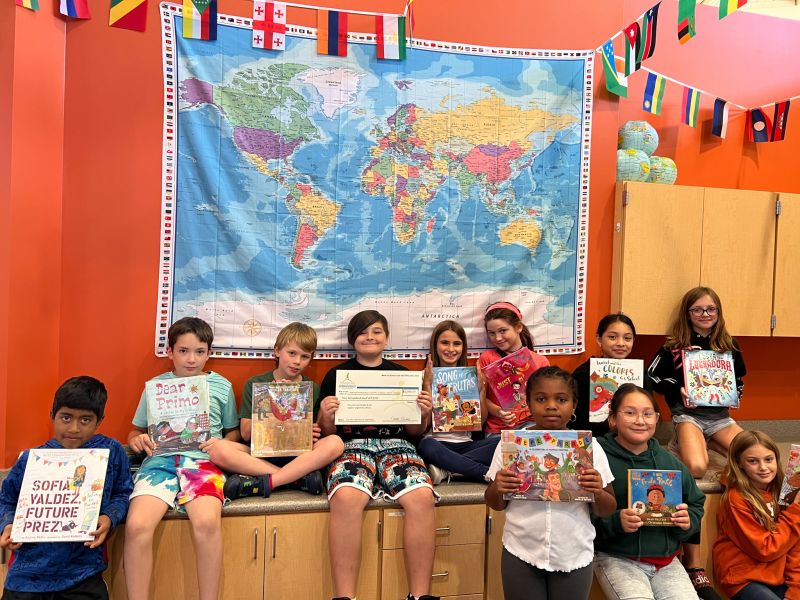
Welcome to Our Language Lab
How can we make our schools more welcoming, accepting, and engaging for our students and families joining us from other places around the world? With a Language Lab!

Multilingual Garden Unit
A community garden not only adds beauty to a school but also instills pride in the students that help build it. By utilizing best practices that teach English Learners (ELs), students explored how to design a garden.
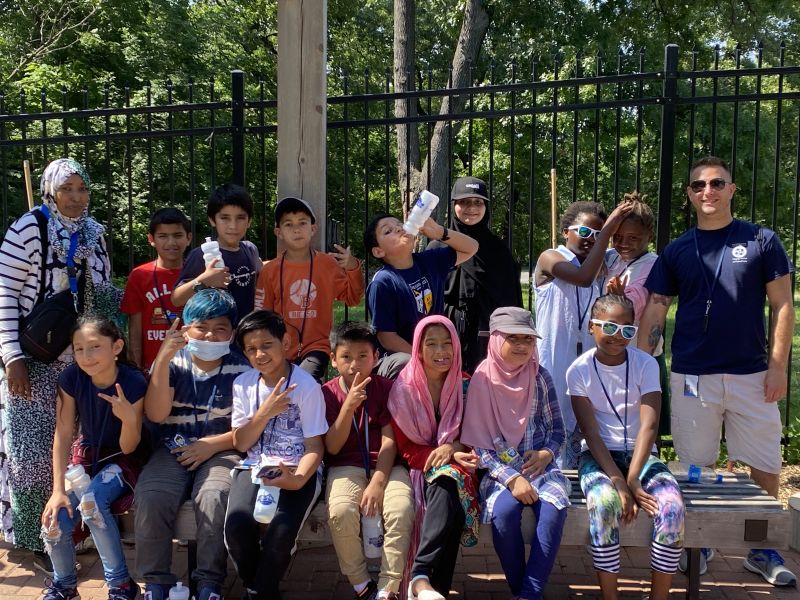
Multilingual Story Garden
A community garden not only adds beauty to a school but also instills pride in the students that help build it. By utilizing best practices for English learners (ELs), students visited a local community garden in the city to learn about gardening and sustainability. They also participated in a story…
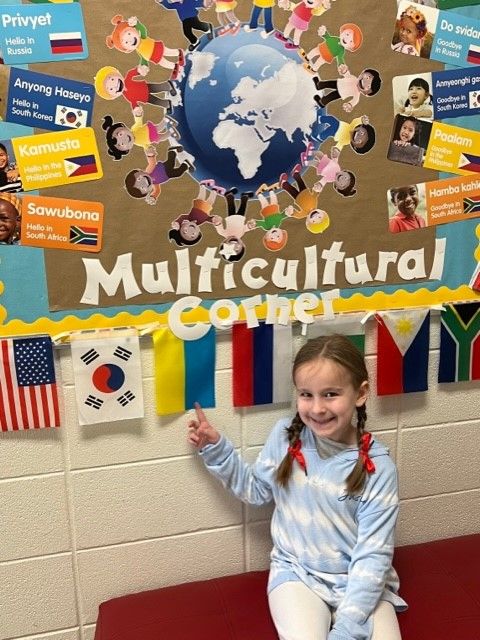
Multicultural Newsletter
The multicultural newsletter aims build connections with multilingual families by getting to know them and by introducing them to the school community. Amber Troye shares her protocol and experiences that can help educators deepen their knowledge about multilingual learners’ home cultures,…

Family Literacy Night
The Family Literacy Night project involves caregivers in the life of an elementary school. In preparation for the event, reading buddies in kindergarten and 4th grade partner to read multicultural books; they also learn to tell wordless picture books and author their own.
Read the full blueprint.
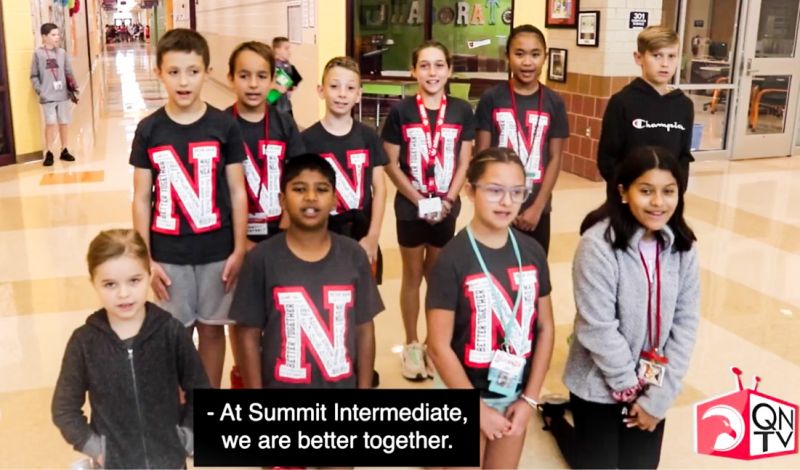
Better Together Unit in Nixa Public Schools
Kara Griffin at Summit Intermediate in Nixa Public Schools presents the blueprint of a project that aimed to welcome new families and unite the school around exploring the home cultures and languages of the students who attend. The project contributed a multilingual collection to the school library…
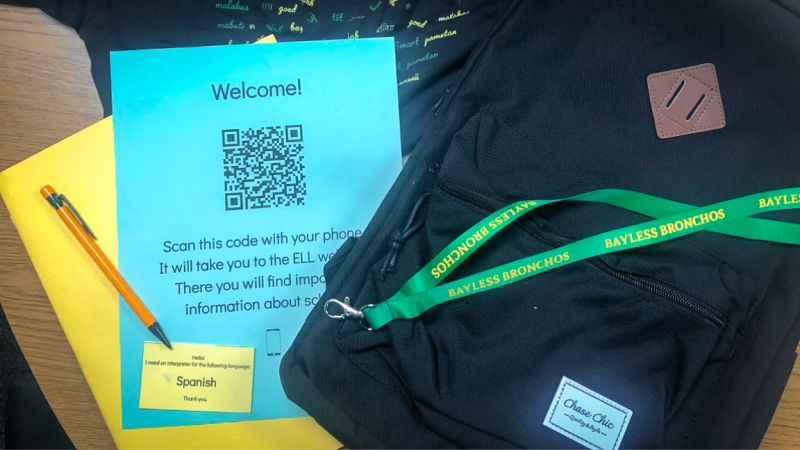
Newcomer Welcome Kits
Sarah Reeves at Bayless School District in St. Louis, Missouri describes her school's activities that aimed at creating a welcoming environment for newcomer refugee families by supplying them with useful items in a thoughtfully assembled backpack.
Read the full blueprint.
